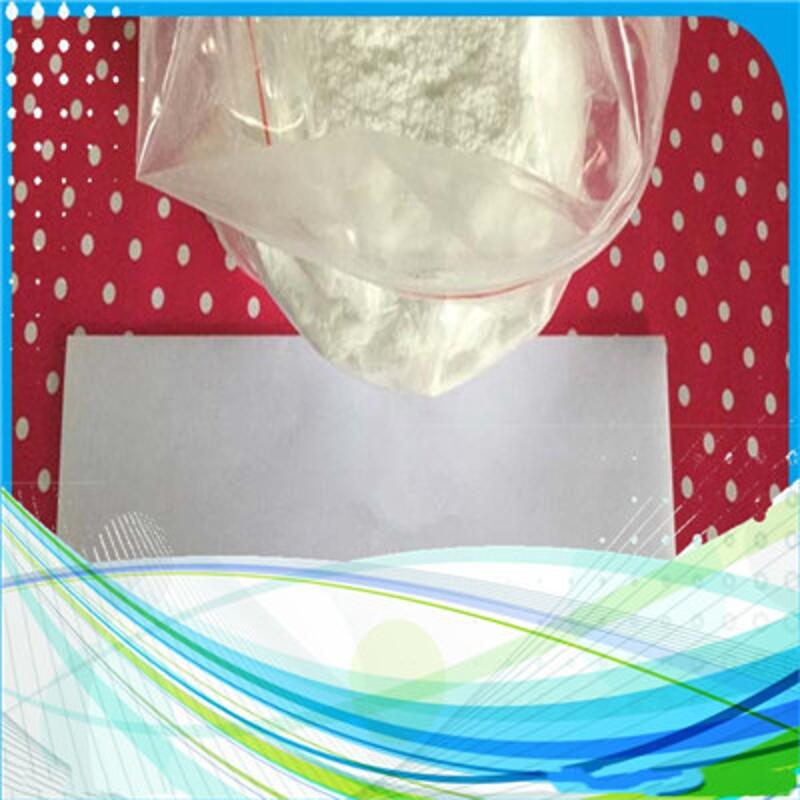-
Categories
-
Pharmaceutical Intermediates
-
Active Pharmaceutical Ingredients
-
Food Additives
- Industrial Coatings
- Agrochemicals
- Dyes and Pigments
- Surfactant
- Flavors and Fragrances
- Chemical Reagents
- Catalyst and Auxiliary
- Natural Products
- Inorganic Chemistry
-
Organic Chemistry
-
Biochemical Engineering
- Analytical Chemistry
-
Cosmetic Ingredient
- Water Treatment Chemical
-
Pharmaceutical Intermediates
Promotion
ECHEMI Mall
Wholesale
Weekly Price
Exhibition
News
-
Trade Service
Optically active (S) and (R)-ring oxides are one of the most important hand blocks in symmetrical synthesis, and epoxy groups can react with different pro-nuclear reagents, resulting in a series of compounds containing various chic hydrogenic groups, so their synthesis research has always been the focus of attention in the field of organic synthesis.
, asymmetric cyclooxidation of olefins is recognized as the most direct and effective way.
However, the three-dimensional selectivity of the various natural styrene monooxygenases (SMOs) that have been reported to be very single can only catalyz the generation (S)-epoxy styrene and its like-likes, thereby reducing SMO's appeal to synthetic chemists and limiting its application potential for further expansion.
Zhongliu's team at the Chengdu Institute of Biology of the Chinese Academy of Sciences found and reported the first (R)-selective SMO (StStyA), an enzyme derived from Streptomyces sp. NRRL S-31) genome of the xantin monooxygenase.
the enzyme is less than 35% similar to the protein sequence of the known SMO and can catalyz styrene and its similars to obtain (R)-ring oxidation products, with an ee value of 91% to 99%.
this, the team further discovered a unique branch of (R)-SMO, including eight active new (R)-SMOs, and studied three of these enzymes: SeStyA (from Streptomyces exfoliatus), AaStyA (from Amycolatopsis albispora) and Pbsdonocardiaa.com.
found that they were able to catalytic styrene and its similars into corresponding (R)-epoxy compounds, with good stereoscopic selectivity for most substrates, with a maximum ee value of more than 99%.
same time, the study found that the Phe46 residual base of the AaStyA enzyme is a key residue that plays an important role in stereoscopic selectivity.
(R) - The discovery of selective SMO is a breakthrough in the field of monooxygenase research, which provides a new method for biosynthetic synthesis of (R)-epoxy styrene and similar objects, as well as new clues for studies such as the stereoscopic selectivity mechanism of xantoxygenase.
the results were published in two articles, Enzyme and Microbial Technology and Catalysis Science and Technology.
()







